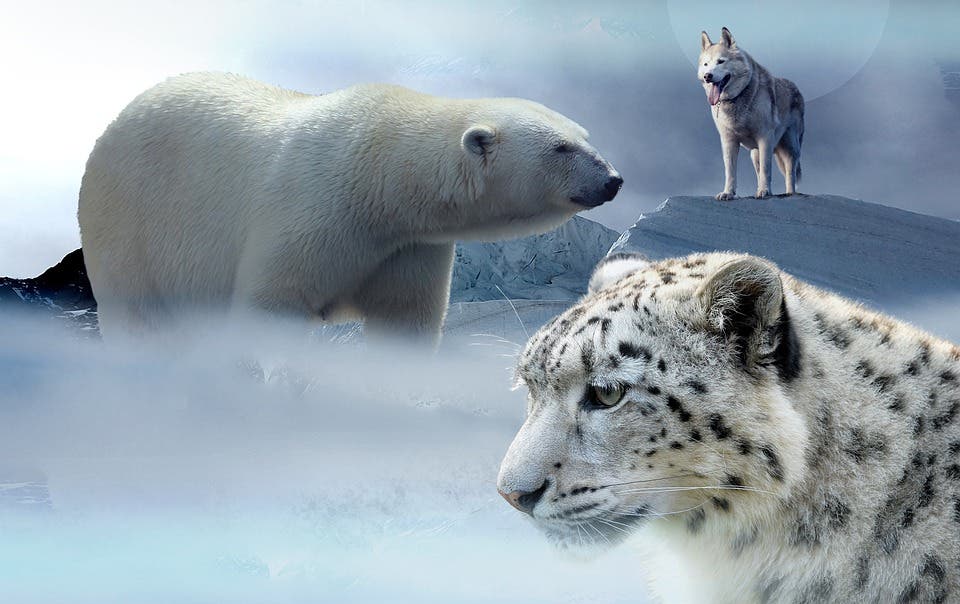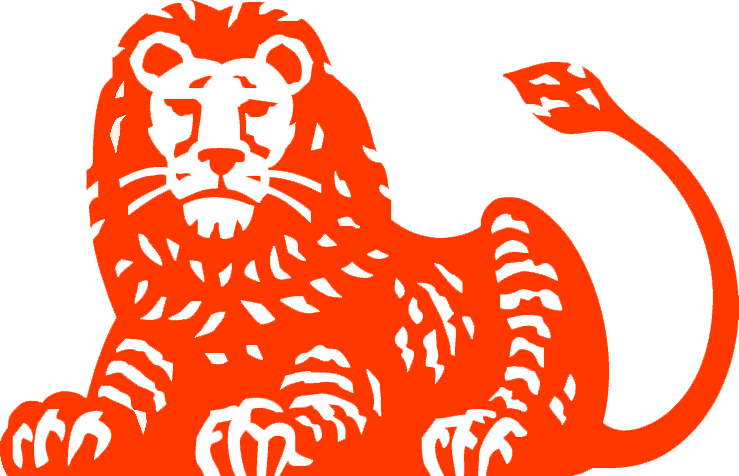Every day, we see many tigers, lions, and elephants. No, I’m not talking about a zoo, but the images of these animals in company logos, advertisements, multimedia, and toys. Research published today in PLOS Biology suggests that seeing all of these animals fools us into thinking that they are abundant when actually many of them are teetering on the edge of extinction. The researchers used online surveys and questionnaires in primary schools to determine which animals people generally consider to be the most charismatic. In addition, they saw which animals were featured on zoo websites and in animated films. The top ten were the tiger, lion, elephant, giraffe, leopard, panda, cheetah, polar bear, gray wolf, and gorilla.

All of these species are severely threatened in the wild, facing dramatic habitat and population losses. For example, only 8% of the historic number of lions is currently extant in the wild. However, the general public is largely unaware of the gravity of the situation that faces the world’s most charismatic animals. Their populations are all small and decreasing. Rather shockingly, tigers are projected to go exinct within 30 years, elephants with 20-100 years, and polar bears in 50 years without drastic conservation measures.

As part of the study, the general public and university students were asked to assess the conservation status of the most charismatic animals. One out of two of universities students were wrong. People guessed the plight of the polar bear the best (understandably, since pictures of emaciated bears on tiny pieces of ice often make the news), and lions and giraffes were the most often wrongly thought of as being abundant when, in fact, they have faced dramatic declines. The researchers believe that seeing these animals on a daily basis movies, books, toys, and commercials leads us to subconsciously believe that these animals are abundant.
“Unknowingly, companies using giraffes, cheetahs or polar bears for marketing purposes may be actively contributing to the false perception that these animals are not at risk of extinction, and therefore not in need of conservation”, says Franck Courchamp from the University of South Paris.
We see these animals everywhere—from bank and company logos to in popular media and so on. Forty-two volunteers from France, from all walks of life, were given the task to keep track of how many virtual animals that they saw for a week. They saw about 30 of each animal, on average, which means that people are bombarded with hundreds of these virtual animals per month. A person saw an average 4.4 lions a day, meaning that in a year, he or she would see two or three times more lions than currently live in West Africa.

“The fact that people have a biased perception of the endangerment of these species, probably because they see them every day in their life, means that they can’t provide the support conservation needs. There is no sense in fighting for the protection of species you think are doing fine. So the implications of using endangered animals for marketing purposes without in parallel communicating about the threats they face is a hindering of their conservation, and therefore a worsening of their fate. If companies that make profits by using the images of endangered animals without copyrights were to divert part (even a tiny one) of the benefits these animals helped them to make, for the conservation of these species, then it would mean staggering amounts of money globally for conservation, and therefore much better chances of saving these species. Given that the cost would be unsignificant to these companies, but the benefits for them probably important, this could be a win-win situation,” said Courchamp to ZME Science.
The researchers see one obvious solution: to make companies pay for using an animal’s image. Companies have to pay to use certain brand logos or copyrighted images and the researchers think that animals should also be treated like a “brand”. The companies could offset the negative effect of making the endangered animals seeming abundant by paying a fee that would be used directly to conserve the animals. What do you think?
Journal reference: Courchamp F, Jaric I, Albert C, Meinard Y, Ripple WJ, Chapron G (2018) The paradoxical extinction of the most charismatic animals. PLoS Biol 16(4): e2003997. https:/


